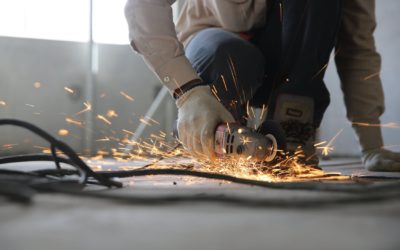The hospitality sector offers up some specific challenges when it comes to utilizing the Passive House standard. From giant commercial kitchens to rooms packed with warm bodies, the problems could seem to overwhelm an energy efficient system. However, Passive House can meet the challenges and, in fact, improve the dining experience. Passive House restaurants have a lot to offer both the owners and the diners. From energy costs to just the very feel of the air in the dining room, these high performance buildings can be beneficial to everyone.
Ventilation
Unlike most restaurants, those designed with Passive House do not feature thermal conditioning systems that freeze diners in the summer and scald them in the winter. They also have none of the mechanical noise associated with conventional HVAC machinery. Passive House uses ventilation to remove the heat of the many occupants in one room. The air goes through a heat recovery system which also filters the air and removes any outside contaminants in the fresh air coming back in. Diners will notice the temperate air, the relative humidity, and the quiet.
Windows
Diners remain comfortable also because of the windows. High-performance windows ensure occupants seated near them will not be affected by the heat or cold outside. Passive House fenestration doubles as a means to keep diners and staff happy, as it focuses on allowing natural light in. This can also, of course, save some on energy costs. Lighting represents about 13% of a restaurant’s total energy bill.
Kitchen
A commercial kitchen is certainly a challenge when your aim is occupant comfort and conserving energy. In most restaurants, cooking equipment represents a full third or more of total energy usage. Not only that, but the grills, broilers, fryers, refrigerators, and freezers all put out a lot of heat, moisture, and air pollutants. The use of a variable-speed range hood with temperature sensors can mitigate this by allowing the hood fan to ramp up and down as cooking activity varies. Cooking devices themselves can be clustered so ventilation airflow requirements are lessened. Ventilators can then remove the heat from the cooking and refrigeration devices and expel it outside or use it to heat the air that warms the dining area.
Regardless of energy costs and dining experience, Passive House is a smart path to take when building or retrofitting a restaurant. In a world with increasingly stringent energy use requirements, a high performance building puts you ahead of the game. The building itself costs only a small percentage more to construct and will earn impressive energy cost savings. Not only that, but all can rest easier knowing they’re doing what’s best for the environment. At FiELD9: architecture, we do what’s best for the building owner, the restaurateur, the diners, and the Earth. Ask our Certified Passive House Consultant how we can help.






Recent Comments